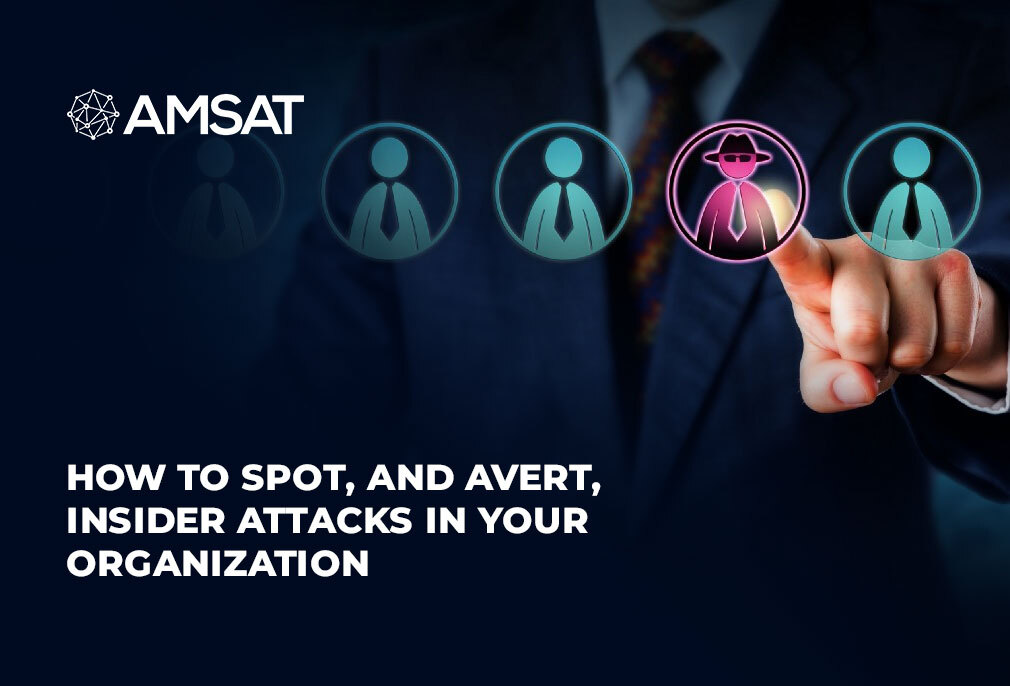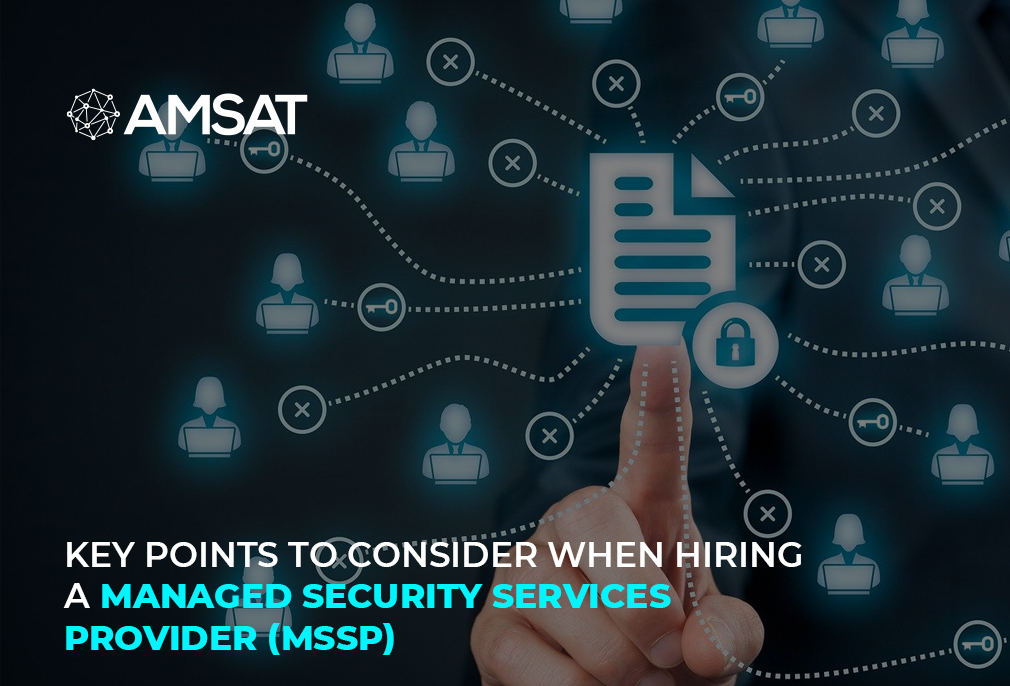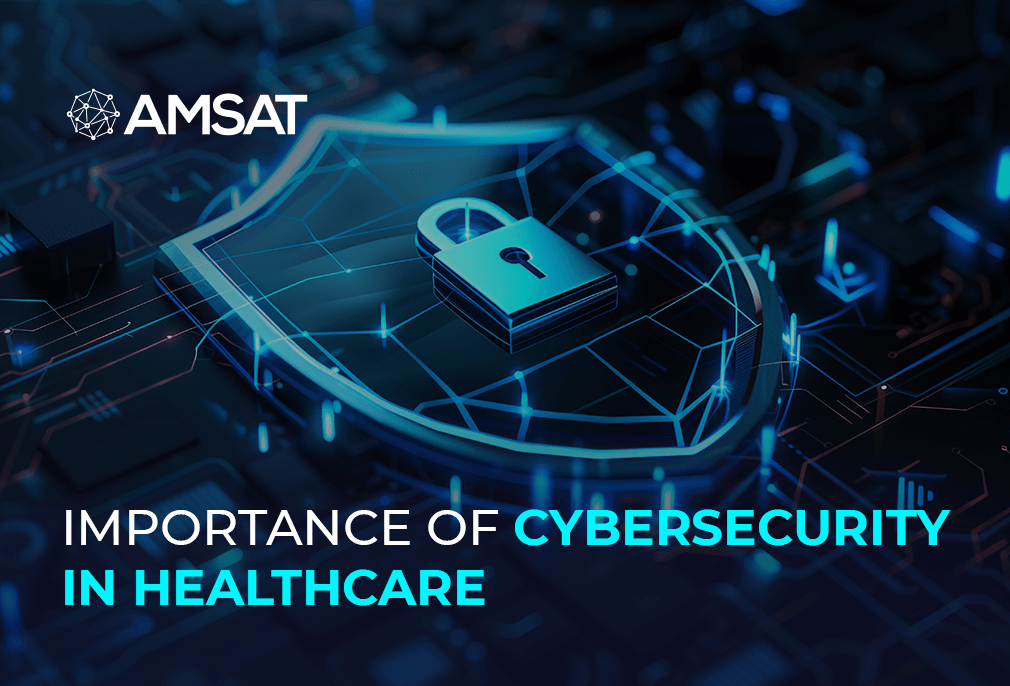Latest Blogs

By AMSAT Jan 19,2023
How to Spot, and Avert, Insider Attacks in Your Organization
Let’s face it. Insider attacks have increased considerably over the past several years, whether they originate from accidental insiders who are vulnerable to phishing scams or from vicious elements seeking to reveal sensitive information. A 2019 study suggests that 70% of cybersecurity professionals surveyed think that insider attacks have become more frequent only in the past year. And a staggering 62% of businesses have seen at least one insider attack in the previous year.
What can your organization do to stop insider threats, why are they on the rise, and who is to blame? Let’s hash it out!
Why insider threats are on the rise
Today’s businesses have increasingly fallen prey to malicious threats, with an Insider Threat report suggesting that nearly 70% of the security teams polled believe they have, at some level, been exposed to insider attacks. No wonder, in today’s tech-savvy business milieu, the attacks have seen a spike in sophistication, ranging from using social engineering techniques like phishing emails to searching LinkedIn and other online data repositories for information on corporate settings.
Internally, IT systems are becoming busier and more complicated. Security teams may not obtain or give appropriate levels of training since they are expected to perform more with less. Together, these many components can act as infection vectors into your environment, opening doors for people to mistakenly or purposefully carry out destructive actions within your systems.
In fact, the same study shows that over 70% of security teams were worried about accidental insider risks, which are triggered by breaches brought on by malevolent practices like phishing emails. More than 66% of cybersecurity experts are very concerned about inconsiderate insiders who knowingly disregard security standards. This includes developers, for instance, who have access to the company’s production computers and disregard security protocols, working from home on an unprotected network, in order to save time or money.
Insider attacks cost your organization dearly
The fact that many security teams can be unaware of the financial impact insider attacks can have on a business is one of the report’s most worrying findings. More than half of those surveyed think that handling or mediating an insider attack would be less expensive than $100,000. However, studies suggest that the cost of these attacks is much higher. In fact, according to some recent statistics, the average cost of a cyber event nowadays at large firms can reach as high as $20 million.
As well as dealing with forensic issues, you must watch out for financial loss in order to determine how the incident occurred. Your internal security personnel will need to spend a lot of time remediating the event, which will take time away from other strategically important tasks. To plug any gaps, you may need to employ external consultants, undertake more training, or even buy new equipment. All of them taken together result in an unexpected expense for your company.
How to manage user privileges more effectively
When it comes to the management of user privileges, many firms adopt manual or inefficient approaches. It is understandable why more than 75% of cybersecurity professionals believe that managing user privileges is ineffective given the sheer number of systems and applications, the lack of centralized management, the labor-intensive nature of the processes, and the ambiguity surrounding the access levels necessary for different roles. Automating provisioning in accordance with the different phases of the user lifecycle is one technique to deal with this.
Another best practice is the implementation of role-based access controls (RBAC). This means having solid, well-defined roles in place and knowing specifically which access privileges each role needs. As organizations grow and evolve, the right IGA solution can allow for more efficient changes and decrease risk by focusing on role definitions and role assignments, rather than on individual accounts.
Key Ways to Prevent Insider Threats
While a lot of time and attention is put into addressing persistent, harmful threats from bad actors and focusing on external risks, security teams may not always be sufficiently focused on what is occurring within their environment. To guarantee you have the proper defences and depth in your entire security strategy and approach, use the proper layered security model. The following three strategic areas of emphasis help direct insider threat prevention in your company:
One of the key strategies that may help avert a potential attack is preemption or deterrence. And this method entails putting in place right policies, robust data encryption, access controls, and more. The second most effective tool is detection that ensures actively tracking what users are doing and ensuring insight into network threat-related actions. Once it’s done, analysis and post-breach forensics is the step that enables experts to respond to attacks and prevent more in the future.
You must be able to respond swiftly and effectively if a breach does occur. This entails looking at what has already happened in the environment and having a simple way to view and examine what is happening in real time.
Real-time threat identification and prioritization are essential features of a complete Security Information and Event Management (SIEM) solution. Keep in mind that people who do not constantly utilize Windows PCs can harm your systems. To enter your parking lot, you may occasionally need to use an IoT device, Wi-Fi access control, security camera, or even a card system. All of these interconnected components provide security vulnerabilities where someone may abuse their access or attempt to maliciously take over your environment.
Conclusion
Insider attacks are likely to continue to increase across all organizations, regardless of their type and size. However, businesses can actively participate in attempting to stop, or avert, them. You can take advantage of a layered security approach that puts your business in a successful position by keeping an eye out for threats, educating and empowering people, and equipping security teams with cutting-edge cybersecurity tools and solutions.
Finally, to reduce the rising threat of insider attacks in your organization, start by implementing a plan that emphasizes defence and depth.
TAGS
- Cyber Crime
- Security Updates
Recent Blogs
Ready to Get Started?
Our specialists are ready to tailor our security service solutions to fit the needs of your organization.










